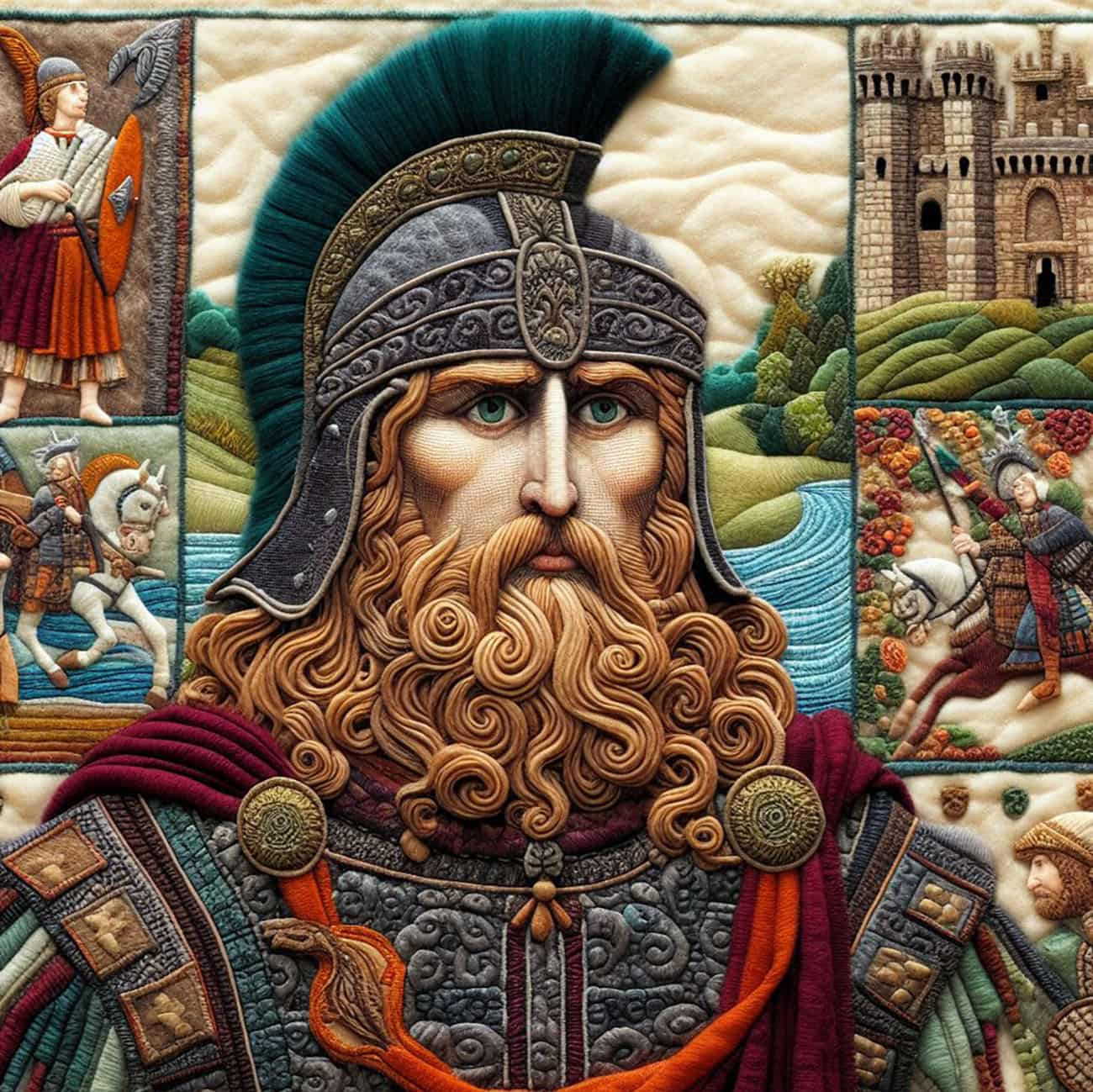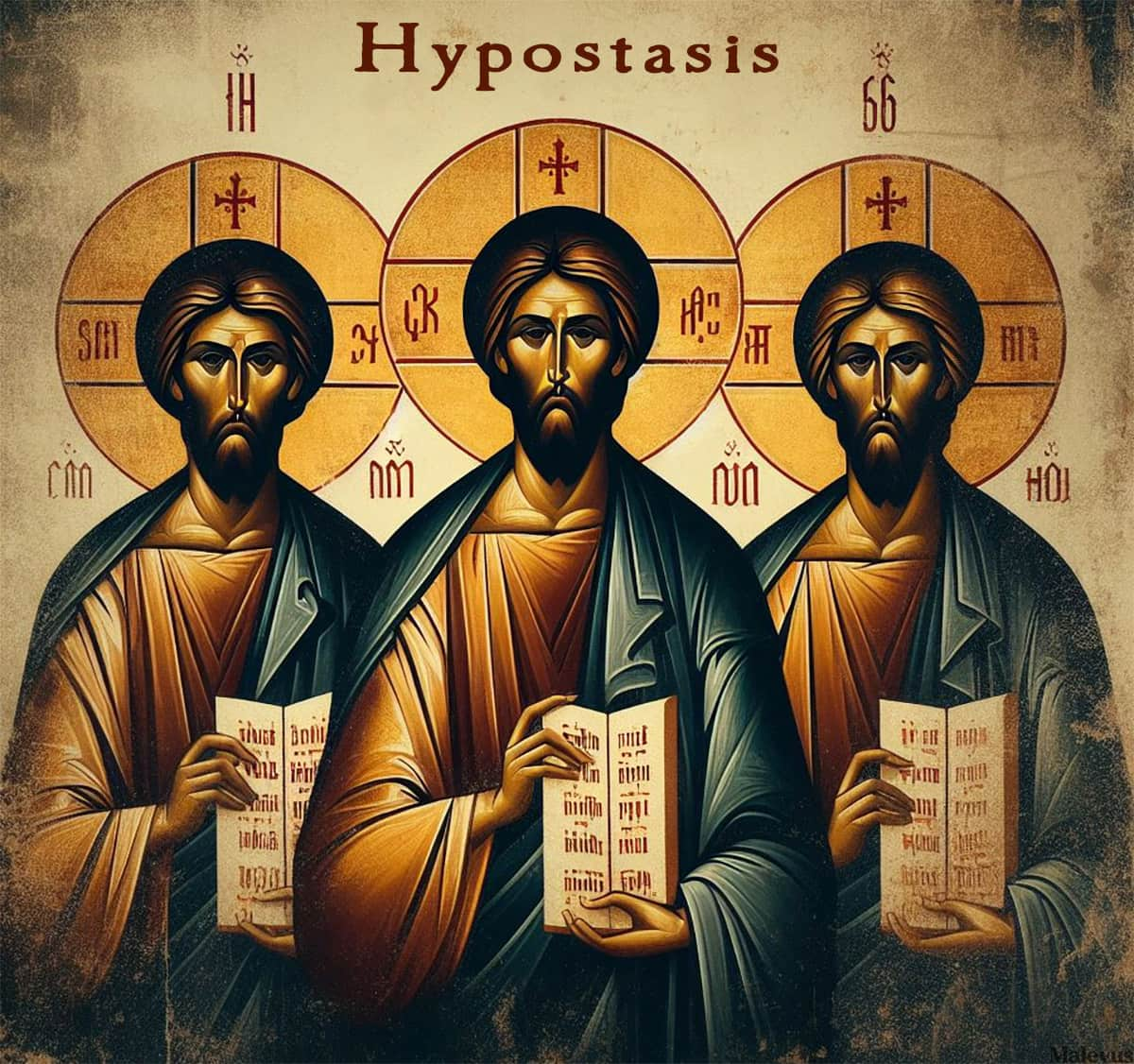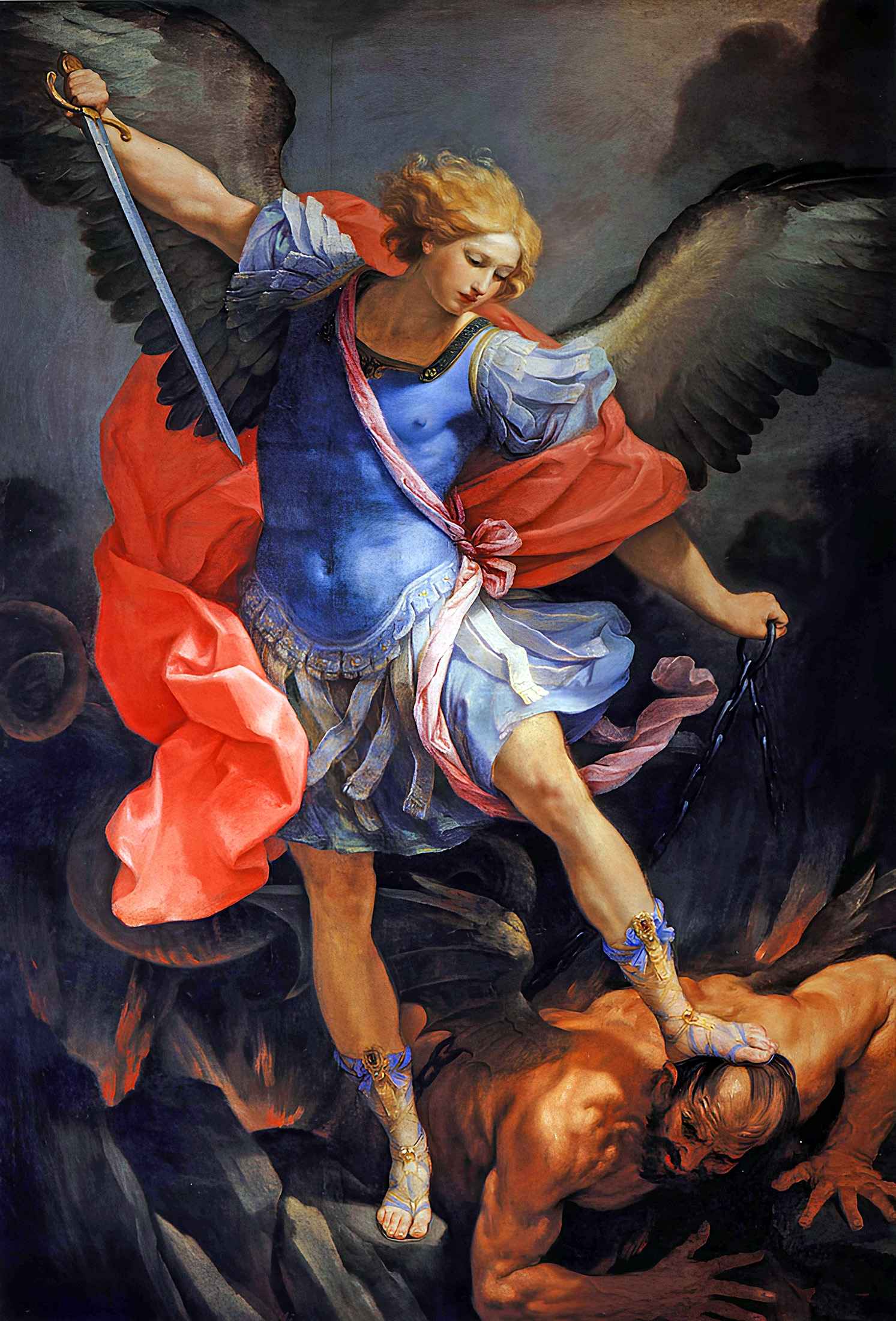Sabellius (Greek: Σαβέλλιος) was the bishop of Ptolemais Pentapolis and the founder of Sabellianism—a doctrine concerning the Persons of the Holy Trinity recognized as heretical. Although he may have been a North African from Libya, the third-century priest and theologian Sabellius taught in Rome. In AD 220, he was excommunicated as a heretic by Callixtus due to his renunciation of the newly-formed concept of the Trinity. The triune nature of God (Father, Son, and Holy Spirit) was a central tenet of Sabellius’ teachings on the unicality of God. Sabellianism and modalistic monarchianism are terms used to describe this view. Even though his ideas were considered heretical, they greatly influenced the growth of Christian doctrine.
Sabellius’s Life and Teachings
Biographical information about Sabellius is very scant. It is only known that Sabellius hailed from Ptolemais in Libya, situated in Pentapolis, and lived around the middle of the third century. Due to the significant influence and respect that Sabellius commanded among his contemporaries, some German writers (such as Walch, Dörner, etc.) speculate that Sabellius might have held the title of presbyter. It is also plausible to assume that Sabellius received a broad scholarly education and was a subtle thinker and dialectician. His system, in terms of completeness, coherence, and conclusiveness, holds a position in the school of patripassianistic antitrinitarians similar to the system of Paul of Samosata in the school of Eionian antitrinitarians.
Sabellius’ doctrine represents the fullest development of the system of monarchian modalists. He was the first to introduce the third Person of the Holy Trinity, the Holy Spirit, into the circle of contemplation, thus concluding their teachings. God in Himself, existing in a state of perfect repose or silence (Greek: σιωπών), is a pure monad, devoid of any differentiation. However, when He emerges for the creation and providence of the world, coming out of His silence or becoming the speaking Word, He manifests in three distinct forms (Greek: σχηματισμούς) — the Father, the Son, and the Spirit.

In the Old Testament, He manifests as the Father who gives laws to humanity, while in the New Testament, He appears as the Son who saves humanity and continues to manifest as the Spirit, sanctifying them. The Father, Son, and Spirit, whom Sabellius compares to the body, soul, and spirit or the appearance of the Sun and its light and warmth, constitute three persons (Greek: πρόσωπα) through which the divine monad gradually reveals itself in the world. However, these πρόσωπα are not persons in the sense of actual, independent entities but rather as external forms of manifestation in the world of the monad, having real significance only in relation to the world and only for a specific period.
When the Father revealed Himself in the world, neither the Son nor the Spirit existed, and when the Son began to reveal Himself, the Father ceased to exist. With the commencement of the revelation of the Spirit, the Son ceased to exist. There will come a time when the Holy Spirit, having completed its revelation, will return to the indifferent divine monad, just as the Father and the Son have returned.
Dionysius of Alexandria emerged as the most formidable and active opponent of this heresy, acting against it both orally and in writing. The Council of Alexandria in 261 AD condemned Sabellius, and Dionysius, the Bishop of Rome, upon being informed of the heresy of Sabellius, also subjected him to condemnation at the Roman Council in 262 AD. Dionysius of Alexandria wrote several letters against Sabellius addressed to different individuals, none of which has been preserved intact. Only a minor excerpt from the “Letter to Euphranor and Ammonius Against Sabellius” in “Epistola de sententia Dionysii Alexandrini” by St. Athanasius has survived – the same excerpt that Arians particularly pointed to as evidence of the agreement of St. Dionysius with their views.
Defending the distinctiveness and personal distinction of God the Father, Son, and Holy Spirit against Sabellius, St. Dionysius became engrossed in polemics with his opponents and used some imprudent expressions in his teachings on the Holy Trinity and the Son of God. Among the Alexandrians, there were dissatisfied individuals with his expressions in the letter to the Sabellians, Ammonius and Euphranor, who accused him before Dionysius of Rome of rejecting the eternity of the Son, separating Him from the Father, not acknowledging His consubstantiality with the Father, and classifying Him as a creature. This compelled Dionysius of Alexandria to write a responsive work to Dionysius of Rome titled “Ελέγχος καί απολογία,” in which satisfactory responses were provided to all the mentioned points of accusation.
The Fate of Sabelianism
By the end of the third century, Sabelianism had weakened. However, even in the fourth century, adherents of Sabelianism, such as Marcellus of Ancyra and his disciple Photinus, were willing to revive and support it in a modified form, but their attempt was unsuccessful. While church writers of the fourth century, in their polemical works against Arianism, often touched upon the teachings of Sabelius and his school, it was only to refute the accusation made by orthodox Arians. It was said that orthodox Christians, like Sabelius and his followers, got rid of the hypostatic difference between the first and second persons of the Holy Trinity by teaching that the Son of God is the same as God the Father. They did this by identifying the two persons as one person.






